“Any maker wants their work to speak first” says Melanie Eddy, but when the work ranges from jeweller, to academic, to international development expert and now educational change agent, it doesn’t just speak, it shouts from the rooftops. Amongst the jewellery cognoscenti Eddy is a noted voice: her atelier situated in the heart of Clerkenwell, London’s traditional jewellery district is a destination for collectors of her arresting pieces in gold and silver that are informed by her love of architecture and geometry. As a lecturer on the MA Ceramics, Furniture and Jewellery programme at the world renowned Central Saint Martin’s, she is stewarding the next generation of creative visionaries. Furthermore, her work in the development sector has seen her spearhead programmes that use jewellery as a socio-economic catalyst and cultural anchor in post-conflict territories. A Director for the Association for Contemporary Jewellery, Eddy is to some extent part of the jewellery establishment, although her Bermudan-New Zealander heritage have oftentimes made her the only person of colour with a seat at the proverbial table and brought with it attendant challenges. Our wide ranging conversation, in the aftermath of George Floyd’s murder and the resulting global protests against racism and white supremacy, inevitably turns to the lack of diversity in the jewellery world and debates around inclusivity, something that Eddy is seamlessly addressing with a practical and professional approach.
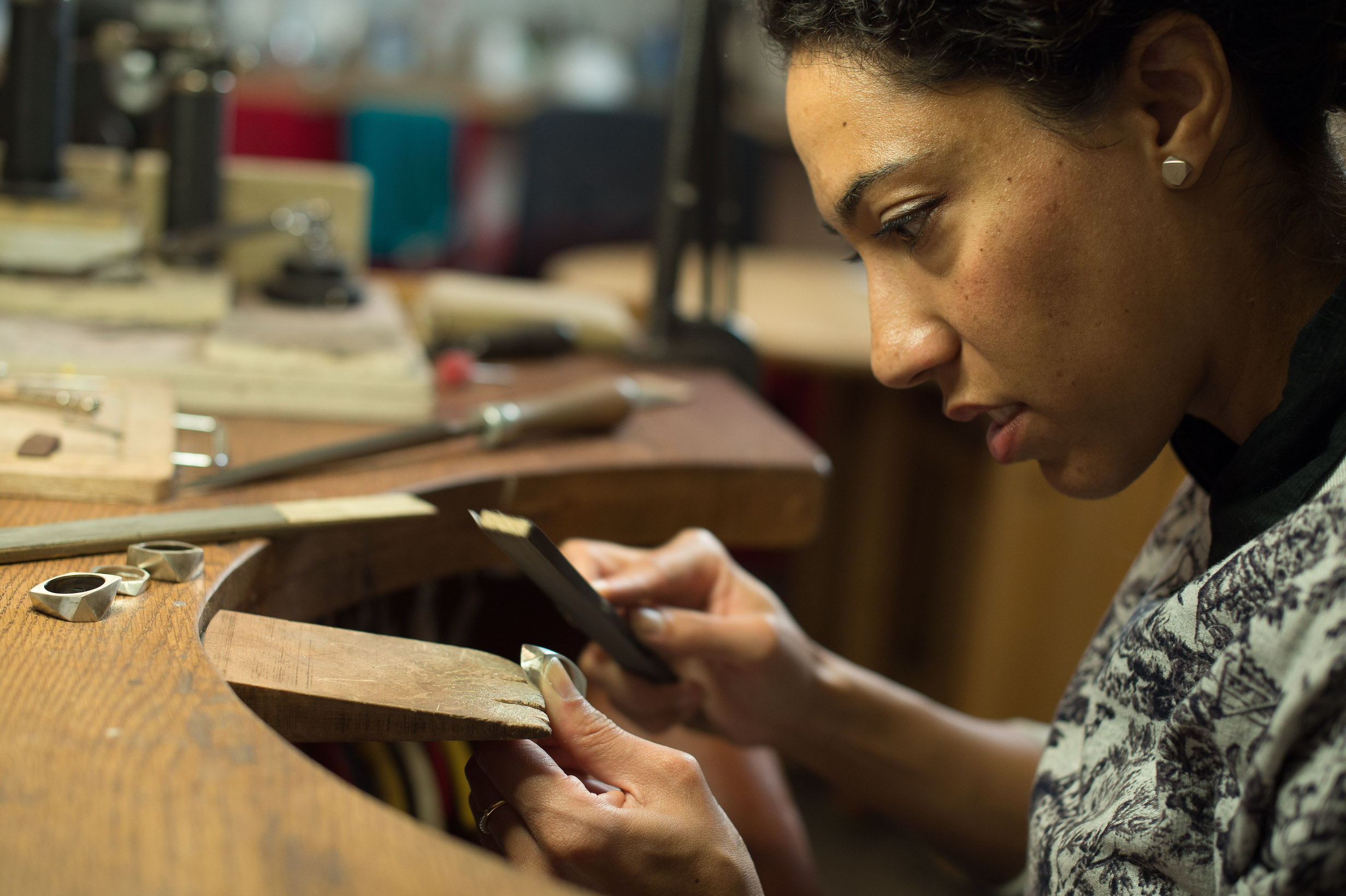
Tackling Diversity, Challenging Perceptions
“I have been teaching for six years at Central Saint Martins…and since I have been on the course I have not seen a jeweller come on the course who is of black heritage.” Eddy relates, in soft spoken tones that convey razor sharp analyses and somewhat uncomfortable truths, sweetened by their delicate delivery. Considering the situation from the perspective of potential students she notes “if you don’t see many exemplars from your community…people don’t visualise themselves in that space because it is removed from their reality.” Rather than merely lament the situation, Eddy has put her relationships within the industry to powerful effect. As a co=founder of the Jewellery Futures Fund, Eddy together with Rachel Garrahan, Jewellery and Watch Director of British Vogue and Annabel Davidson, Vanity Fair’s On Jewellery editor are responding to the issues head-on: from providing bursaries for black students, to paid internships for graduates across the jewellery sector and grants for emerging designers and makers of colour. It is an audacious plan of action that is a continuum of conversations she has initiated throughout her career, but which came to a head in recent weeks. “When all of this stuff was coming out people were like oh my God, this is horrible, what can we do? And I kind of was like well, actually..” She says wryly laughing at the memory: “The jewellery industry is so frigging white….There are some of us here and there needs to be more of us.” Eddy recognises her luck in being able to complete her studies via a combination of grants, bursaries and assistance from her family and is passionate that the fund expands the participation pool so that the jewellery industry truly evolves. Significantly, the fund takes the tripartite approach of education, work experience and investing in black students and thus has the potential to address the issue in a holistic and measurable manner long after the marches hashtags and comment pieces have ceased flooding our collective feeds and timelines.
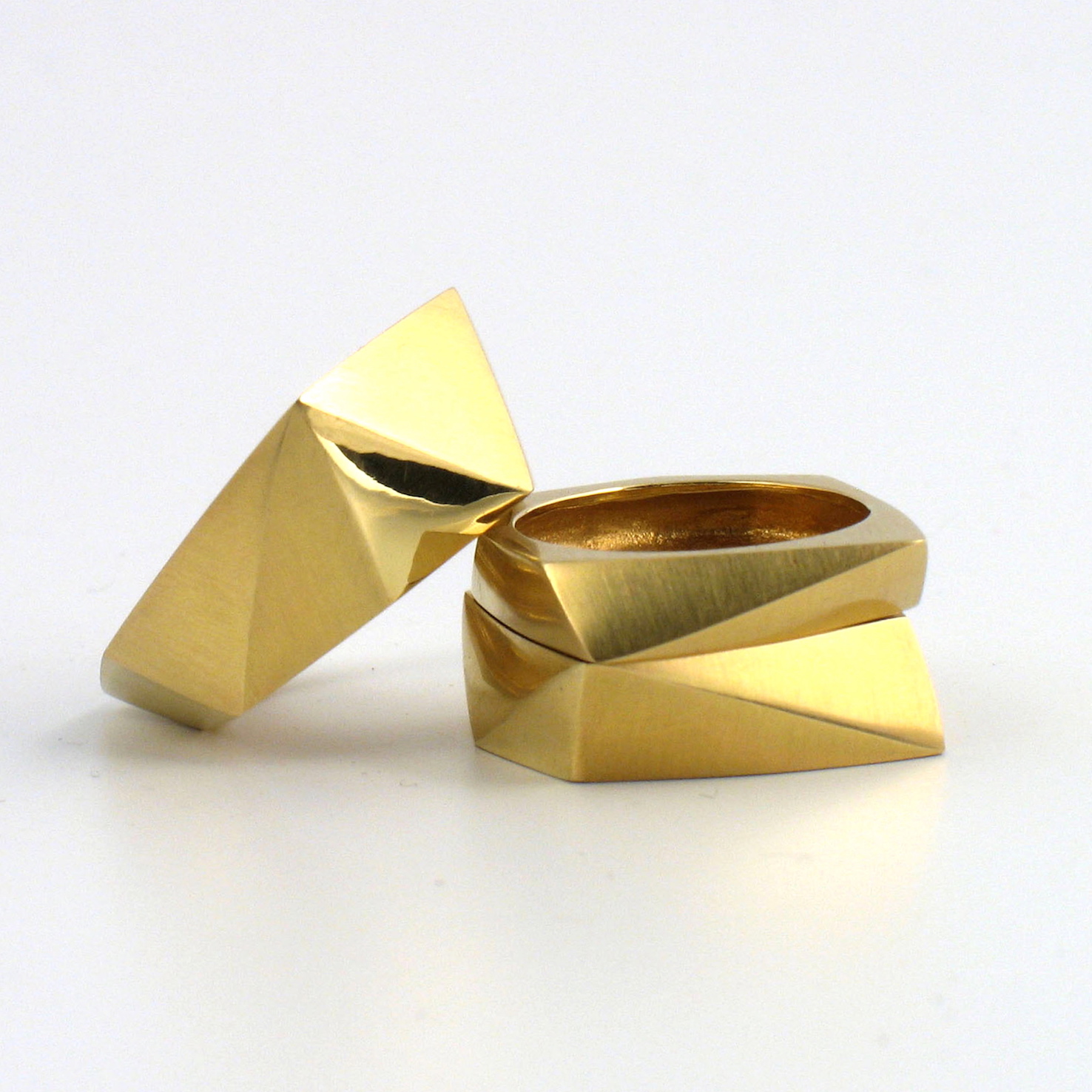
Eddy’s love affair with jewellery is lifelong; “my connection to jewellery definitely came from my Mum and my grandmother because they were very stylish and they had jewellery boxes full of all kinds of treasures” It was not long before Eddy became something of an autodidact: “I was reading about gems in the school library and stuff like that and then I made a bit of jewellery at high school but with bits of glass as I didn’t have gems” However, her route into the industry wasn’t linear, initially studying for a joint honours in English and International and Comparative Studies at the University of Western Ontario, Huron University College, as in her words “I had the grades” rather than opting for the more precarious path of full-time creative. Yet, she found her way back to jewellery although not without experiencing first hand numerous micro-aggressions as a woman of colour: “I applied to the Royal College of Art and I didn’t get accepted but not only did I not get accepted in my interview I was talked to and treated in not a very nice way to the extent that another tutor apologised and helped me apply to other institutions…I was really ripped to shreds at the interview and it really impacted me.” Neither was this an isolated incident, Eddy adds: “As the years passed jewellery [making] had started to become smaller and my other work [in the industry] became bigger because I found it easier in terms of being heard…I didn’t feel the same kind of reception in the jewellery sector. I have been turned down for exhibitions, I have been turned down for things that I have applied for and people looking at my stuff would be like how is that possible?” But whilst she leaves the question open, it is clear that the unconscious bias and overt prejudice had resulted in many decision makers within the industry either unwilling or lacking in imagination to posit her among the vanguard of jewellery designers paving the way in the early 21st century.

For Eddy, a clear design language has always been at the heart of her practice and has resulted in pieces that are immediately recognisable as her own. She elaborates: “For me it was really important to keep the message clear in my jewellery but it was also a contested space..people would say you are not making work about your experience or it doesn’t look like the kind of work they would expect from a black person or one from the Caribbean.” Further upending external expectations are her architectural forms and references, which for the lazy reviewer belonged to a male practitioner: “In terms of architecture two elements resonate for me: sacred architecture of all faiths and doctrines and the sparseness of Tadao Ando’s designs and how deliberate he was in terms of interaction and creating these very experiential spaces” In addition to Ando, she cites Frank Gehry and Zaha Hadid as having influenced her work, as well as the avant-garde artist and pioneer of the Suprematist movement Kazimir Malevich. Indeed her jewellery, often includes geometric shapes and gemstones cut and set in such a way that they are evocative of abstract art. When worn, the pieces create new silhouettes on the wearer’s body, reminiscent of the way a new building transforms both the existing landscape it is situated in and people’s relationship to it. For those seeking pieces with intellectual depth of meaning Eddy’s work is consistent in its messaging and intriguing in equal measure. Not to say this has not gone without resistance or comment: “Why should I have to adapt to perceptions of blackness?” She rightly asks. It is an important question, inclusion is only one part of the diversity equation, of equal import are expectations and narrow suppositions. Tribal references, bright colours and heavy ornamentation should not become the only aesthetic and design silo for the female jeweller of colour to operate from.
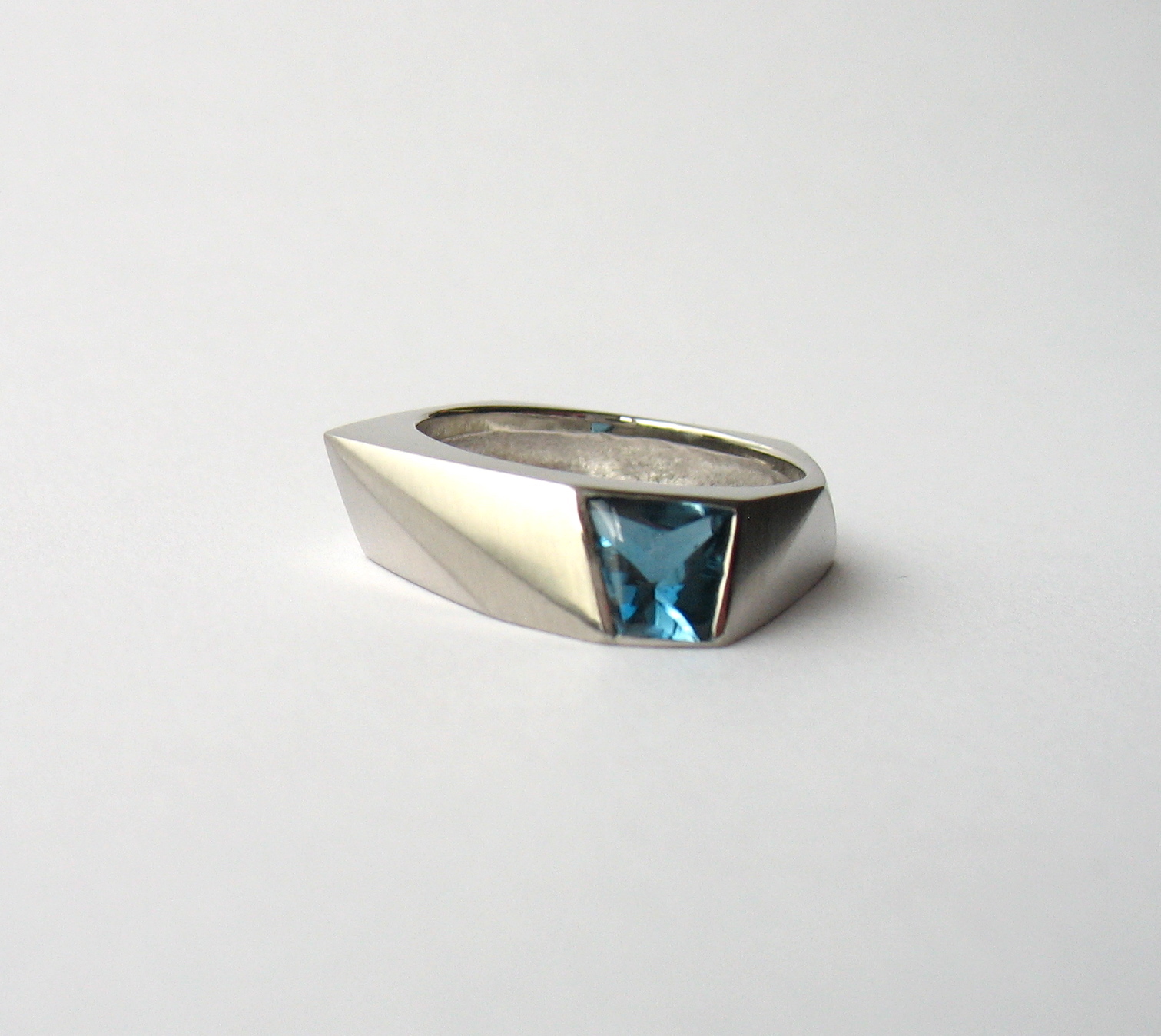
Eddy is emphatic in recognising the pioneer women and black jewellers who are important standard bearers and touchstones for herself and future generations: “Top of the list has to be Jacqueline Rabun. I spoke to her for the first time yesterday and I was starstruck and surprised that I was even able to have a proper chat with her as I was grinning so hard.” she says of the African-American designer who in addition to her own private atelier has spearheaded a commercial and creative revival at heritage Danish jewellery house Georg Jensen. “Suzanne Belperron, a designer from back in the day [and] of course Elsa Perretti for Tiffany are also big inspirations.” Of arguably the first great black designer of the contemporary era she notes: “I didn’t know much about Art Smith until much later.” That Smith still remains relatively unknown is something Eddy is seeking to rectify via the lens of education and increased visibility for designers of colour: “It is important for us to come to the fore because it means younger people will feel validated and that the space is for them.”
Jewellery as a Catalyst for Change
It is perhaps in Eddy’s roles in the third sector that has seen her work overtly cross over into the political realm, and curiously take her back to her first discipline of international development: “All of the projects that I have been involved in…have had a collaborative nature to them, a local component and the agency is there from the country side as supposed to a drop-in kind of situation because I feel uncomfortable {with that] and have actually interrogated that process.” Consultancies have taken her extensively across Central and South Asia where she sought means for jewellery makers, miners and artisans to create further value. She expands: “looking at real solutions to income generation in countries ravaged by war, debating the course of sustainable business practices for the creative sector, how we continue to provide opportunities to all spectrums of society to engage in that process for keeping art and design colleges diverse culturally and economically….that is when I see the value of my voice at those tables.” For countries such as Afghanistan with rich mineral deposits but limited capacity building mechanisms and where Eddy worked at Turquoise Mountain’s Institute for Afghan Arts and Architecture, practitioners who were conversant in the political and economic challenges, but committed to creating scenarios that glean the greatest good were a welcome boon, she notes: “Turquoise Mountain was different …they don’t operate that standard model..they wind things up and it becomes run by nationals which is the best way.”
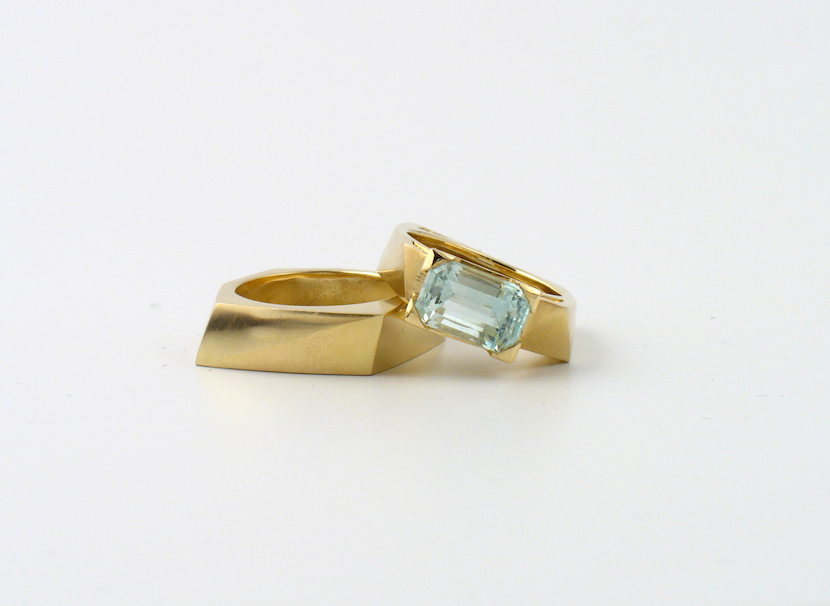
However, even in these fora, western-centric thinking often proved problematic. “These cultures have a history of excellence and expertise we were just facilitating growth on existing legacies and craftsmanship… [For instance} they have a history of gold craftsmanship in parts of East and West Africa.. In Afghanistan there is a history of gem cutting…what is sometimes frustrating about some of these projects is not acknowledging what is happening in the communities. The [projects] that are done really well acknowledge the history, that it is not about bringing European techniques” She is equally scathing about models that see global marketshare increasing as the only true measure of success: “It is as if the only viable consumer is the international consumer, the western global consumer which is ridiculous. If you look at the demographics in regard to what is happening with the growing middle and higher economic classes in Africa for instance, the market is there. The market is not abroad. Within 40 or 50 years people will wake up to this reality but right now they are still in a bit of a daze…Any strategy has to be cognisant of fostering a community, fostering growth and fostering engagement with local markets and growing local markets.” Perhaps black jewellery designers be they on the continent or in the diaspora would do well to explore emerging economies and territories rather than fix their gaze firmly on the west? What is most significant is how this body of work clearly illustrates how jewellery, an item deemed as a luxury and to some a frippery can be at the forefront of enabling economic prosperity, political stability and cultural exchange.
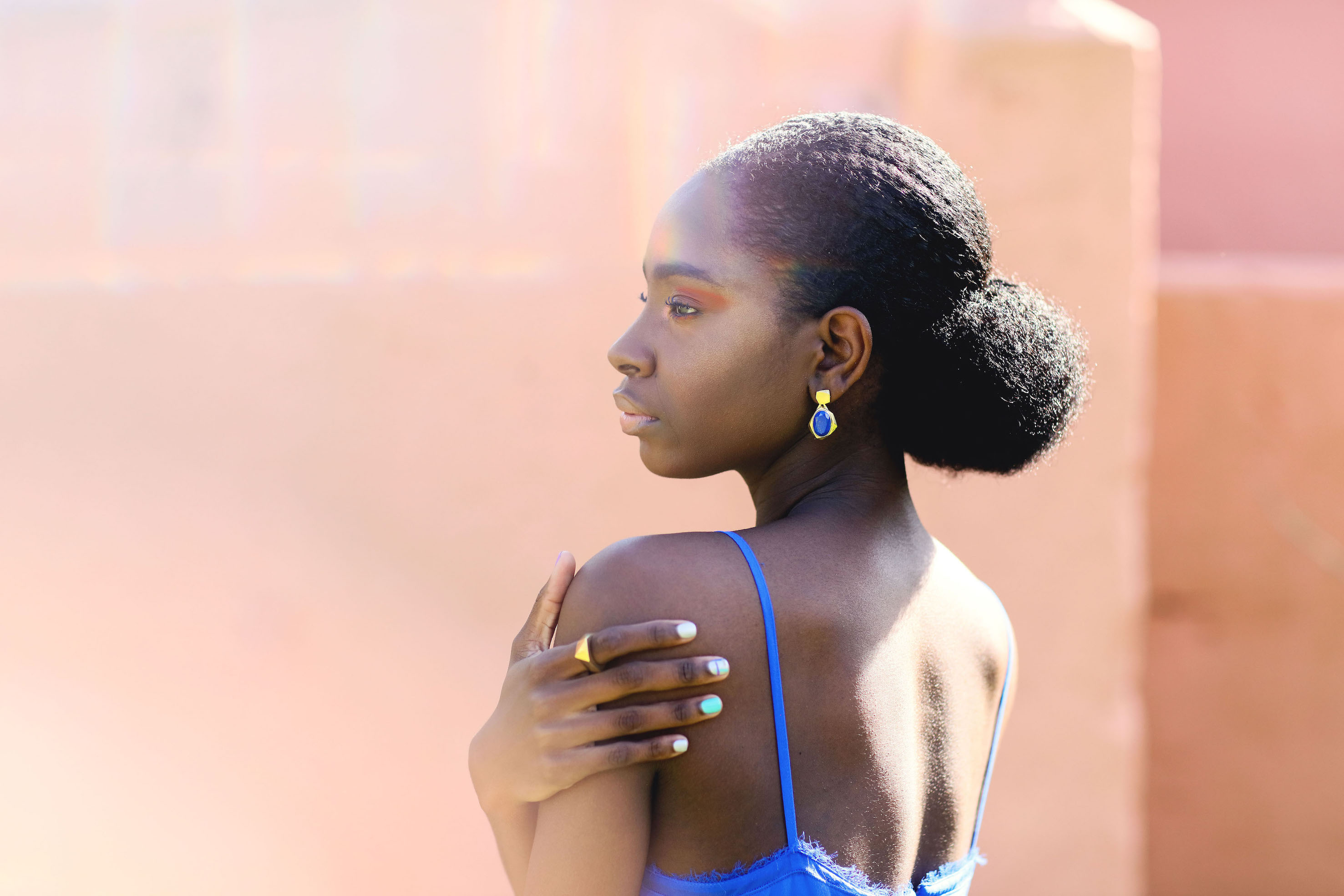
Looking to the future of jewellery, particularly via the lens of black jewellery designers, Eddy is optimistic even though creating jewellery collections, campaigning for better terms of engagement within the industry, teaching her students and consulting in the development sector has resulted in fatigue and occasional disillusionment “ it is lonely and it is isolating” she says and it is in instances such as this that old friends such as the writer Afua Hirsch come into play: “she is really super busy but we will still connect and talk occasionally and she has given me the fortitude to stay the course.” Because Eddy’s work goes far beyond herself and personal and professional plaudits. It is about correcting historical injustices where opportunities to participate and recognition of the quality of work produced by black jewellery designers were limited at best and obstructed and ignored at worst. It is about expanding the locus of taste to incorporate aesthetic values from other parts of the world and halt the western gaze that sees difference as intrinsically inferior. It is about those working in the industry, especially in countries with considerable mineral wealth finally seeing equitable working conditions and pay. And finally it is about using her considerable talent as a designer and maker to create pieces that speak to her clients and transform their mood, ensembles and life from the moment they wear them. With her prodigious talent, crystal clear values and tenacious spirit, the best from her for her collectors, students and the industry is yet to come.

